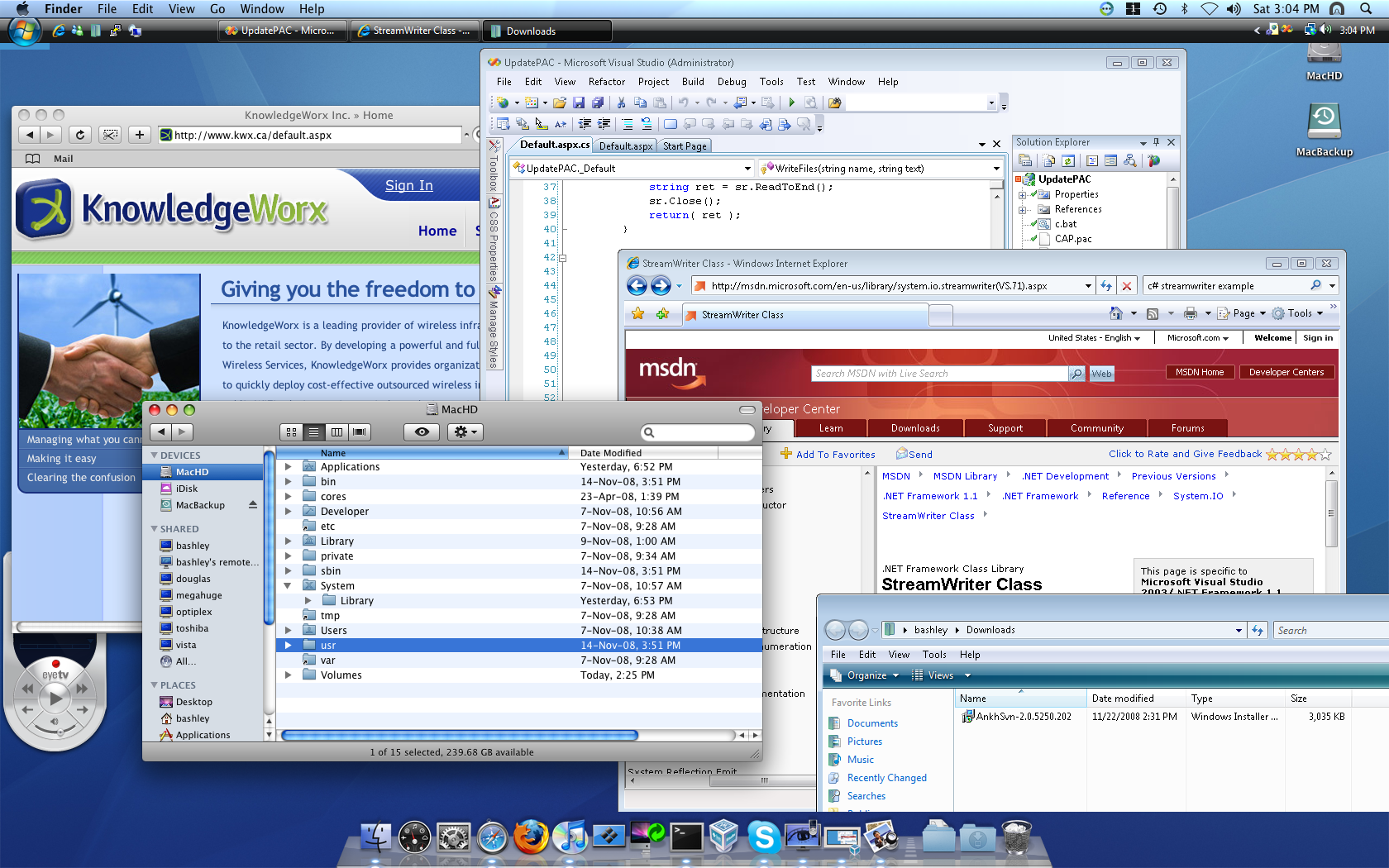
iOS6 Safari Ajax issues
Friday, September 21st, 2012
Pete Forde pointed me to an interesting discussion of an iOS 6 Safari bug that affects Ajax calls.
I later came across a discussion of a different bug, also affecting Ajax calls.
I know it’s only day one for iOS6 and the odd bug is expected, however I find it jarring that with Apple’s strong advocacy of HTML5 and JavaScript to create interactive web apps, these issues could creep into Safari without someone considering the implications or finding the issue before release.
Pete Forde pointed me to an interesting discussion of an iOS 6 Safari bug that affects Ajax calls.
I later came across a discussion of a different bug, also affecting Ajax calls.
I know it’s only day one for iOS6 and the odd bug is expected, however I find it jarring that with Apple’s strong advocacy of HTML5 and JavaScript to create interactive web apps, these issues could creep into Safari without someone considering the implications or finding the issue before release.


